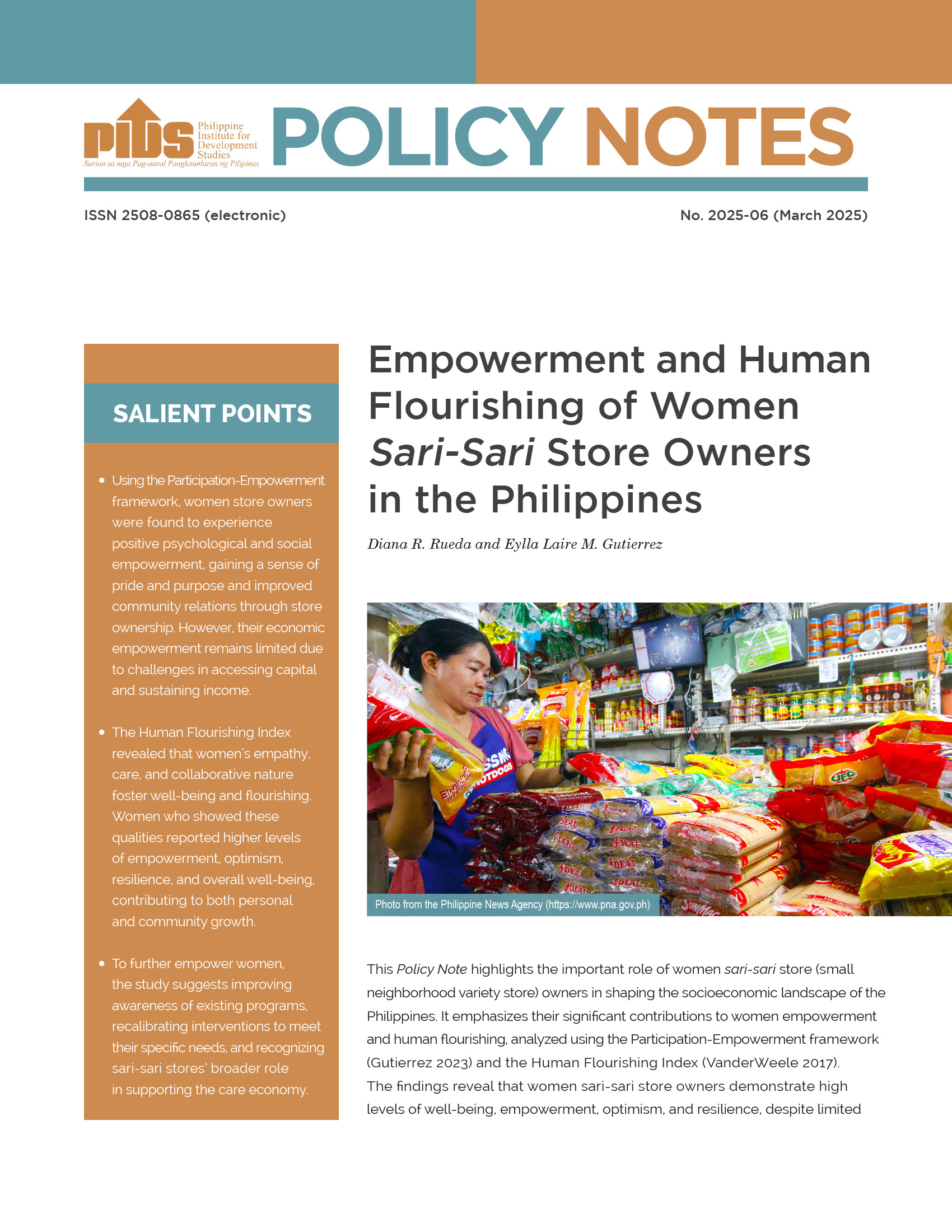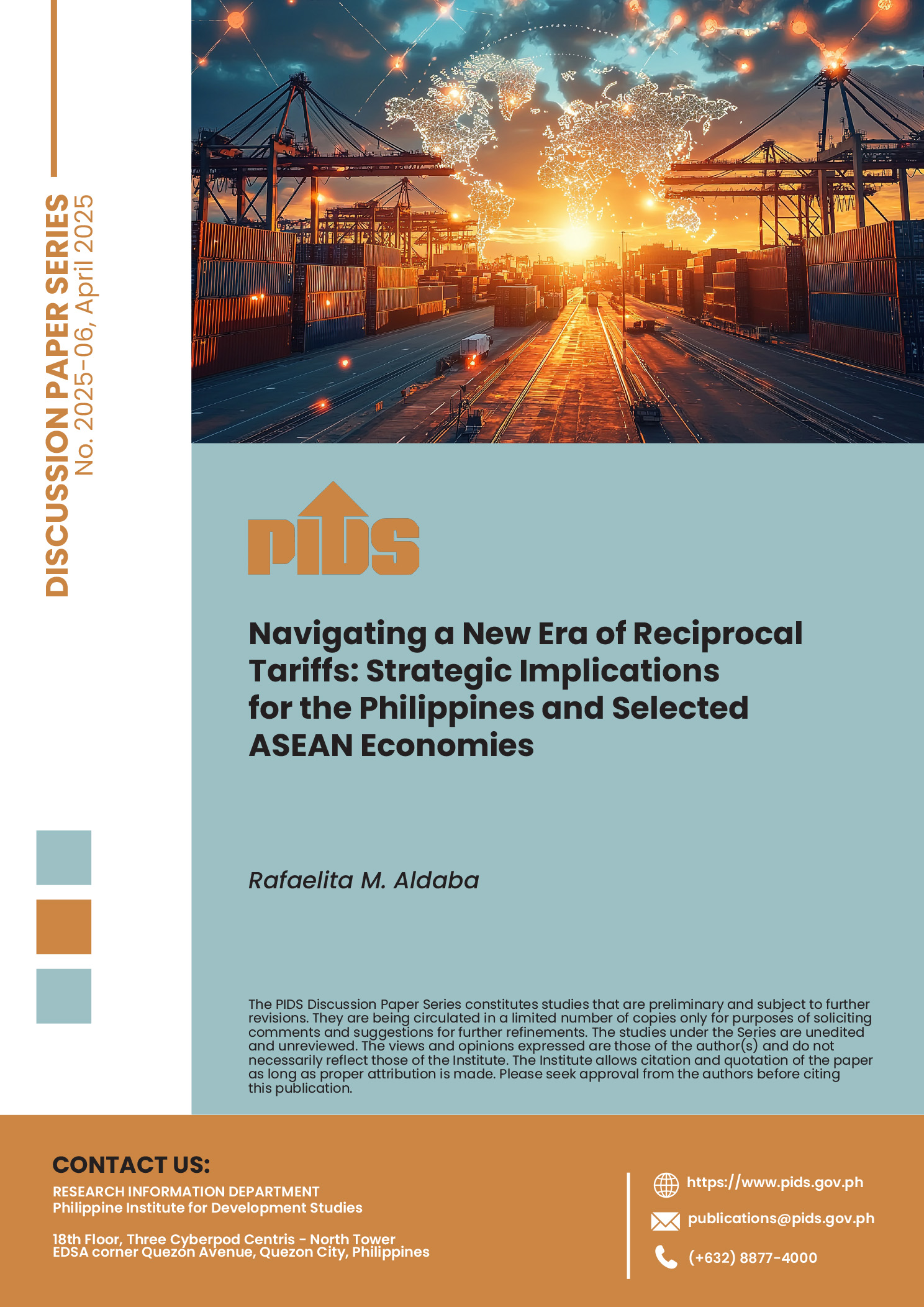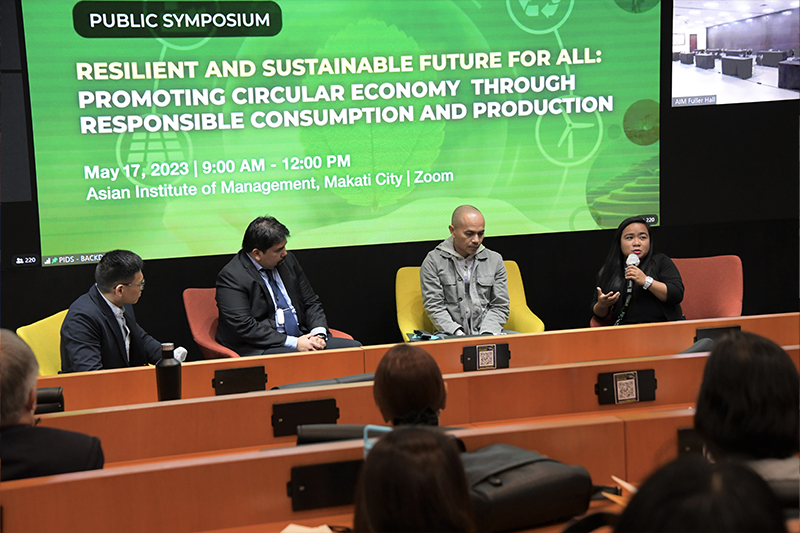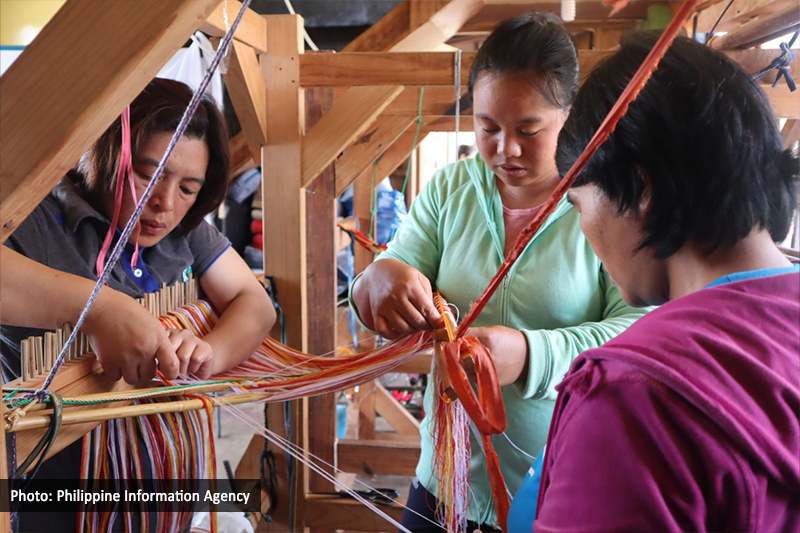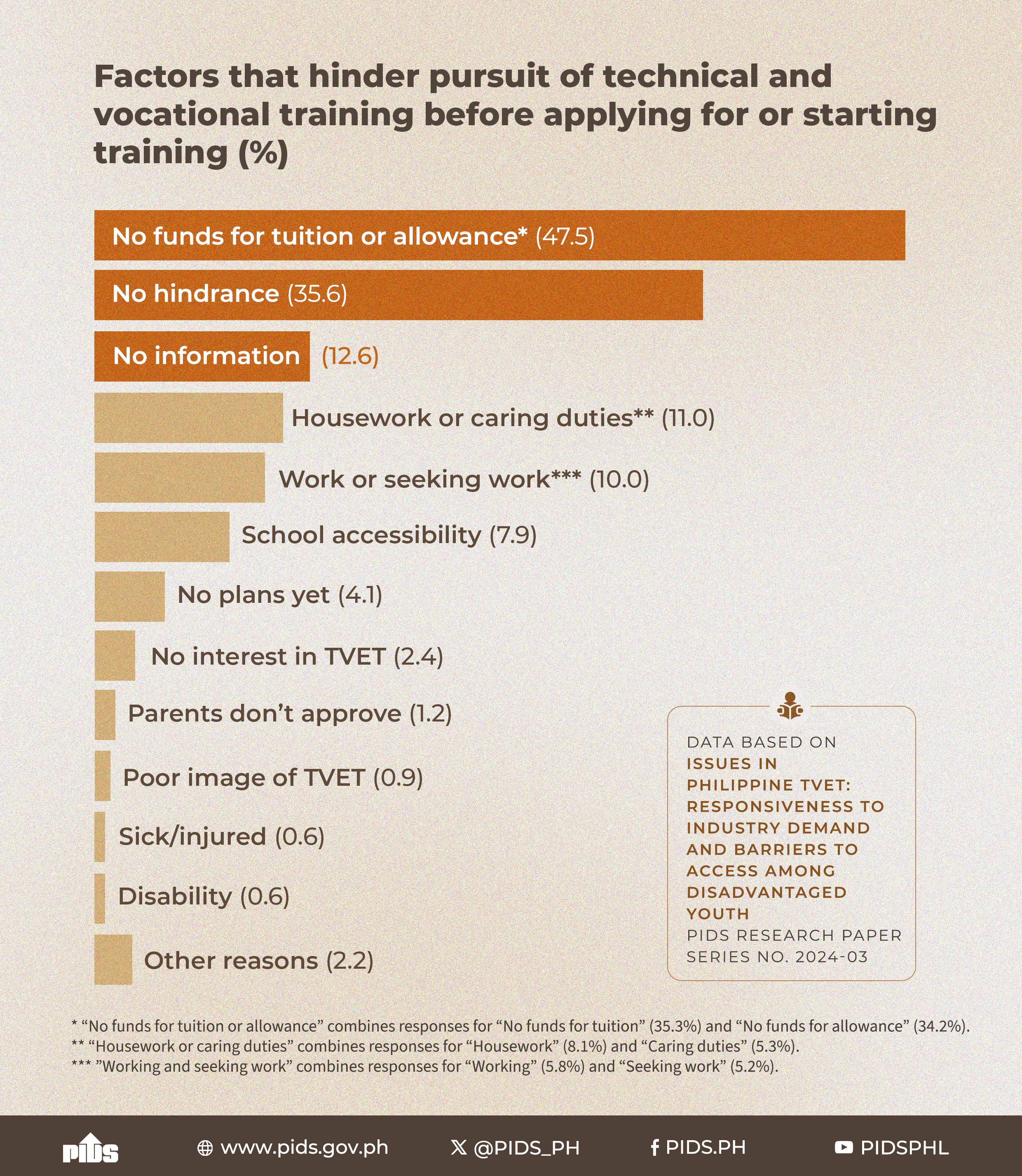THE Philippines must improve its logistics and customs efficiency, strengthen its export base, and upskill its workforce if it wants to “fully leverage” its tariff advantage amid shifting global supply chains, according to a study published by local think tank Philippine Institute for Development Studies (PIDS).
The study titled, “Navigating a New Era of Reciprocal Tariffs: Strategic Implications for the Philippines and Selected Asean Economies,” was authored by former DTI Undersecretary Rafaelita M. Aldaba.
She underscored how the Philippines, compared to its regional peers, benefits from a “relatively lower” reciprocal tariff rate, which she noted offers a “strategic opening” to enhance its export competitiveness and attract “reconfigured” global supply chains, among others.
The paper, using a Tariff Exposure Composite Index (TECI), revealed that the Philippines, along with Malaysia, fall within the “moderate-to-low” risk tier, owing to “relatively low reciprocal tariff rates and strong exemption coverage”—particularly for high-value electronics.
However, the study pointed out that “Absent a coordinated and forward-looking policy response, the Philippines and its Asean neighbors risk becoming passive bystanders in an increasingly fragmented trade landscape.”
The study explained that like Indonesia, the Philippines—scoring a TECI of 2.2—is classified under Moderate Risk.
“It benefits from the lowest reciprocal tariff rate among the Asean-5 (17 percent) and a relatively high exemption coverage of 33 percent, largely due to the structure of its exports,” the paper noted.
Electronics—including semiconductors—account for over 50 percent of the country’s total exports, and many of these products are included in the US exemption list, the paper said.
“This strongly cushions the Philippines from broader tariff disruptions, helping to temper its actual trade vulnerability,” added the study.
Key exempted exports include integrated circuits, memory chips, processing units, and storage devices, which the paper deemed “critical” to global supply chains and thus “strategically favored” for exemption.
However, the study pointed out that the country still faces some exposure. In fact, it said: “Non-exempted exports—such as coconut oil, insulated wires, containers, and select low-tech manufacturing goods—are more vulnerable to cost increases and competition, especially from trade diversion out of China or higher-tariff Asean partners.”
“Despite this, the Philippines is strategically positioned to benefit. Its unique combination of low tariff rate, strong exemption for high-value exports, and moderate strategic exposure creates an advantageous platform for trade redirection, particularly for thin-margin, cost-sensitive goods,” the study authored by Aldaba noted.
To harness this opportunity, however, the country should bolster its industrial base, improve logistics and customs efficiency, and actively promote itself as a stable and efficient export hub amid shifting global supply chains, asserted Aldaba.
The paper noted that the country’s tariff advantage is “tempered” by its modest export base, which “significantly constrains” its ability to seize emerging trade-diversion opportunities.
The paper explained that the Philippines remains “heavily dependent” on a narrow set of export products and lacks the manufacturing necessary for scale and resilience.
“As a result, any shifts in US procurement strategies or global supply chain disruptions could swiftly erode its already modest trade footprint—unless the country undertakes aggressive efforts toward export diversification and value upgrading,” the study published by the local think tank explained.
Aldaba cited the “several” structural and institutional constraints which continue to “undermine” the country’s ability to fully leverage its tariff advantage.
These constraints include the country’s logistics and infrastructure deficits; limited industrial depth and workforce skilling gaps.
Under logistics and infrastructure, the study pointed out that the country has “persistently high transportation costs, port inefficiencies, and unreliable utilities burden exporters and discourage new investment.”
On its limited industrial depth, the paper said, “The country possesses fewer backward linkages and supporting industries relative to competitors such as Vietnam and Thailand, constraining integrated manufacturing and advanced export capabilities.”
The paper also underscored the need for the country to zero in on its “Workforce Skilling Gaps.”
“While competitive in basic IT services, significant gaps persist in high-value skills such as artificial intelligence [AI], advanced manufacturing, and research and development [R&D],” the paper explained.


